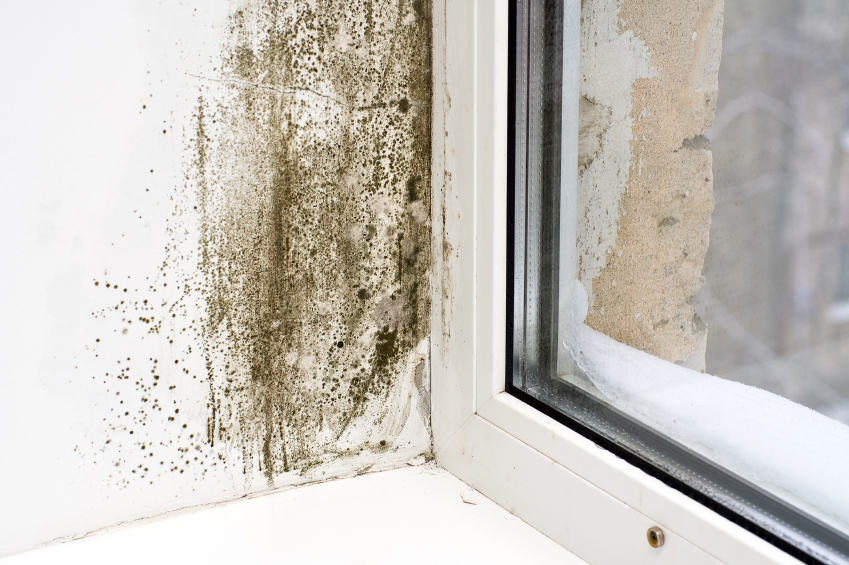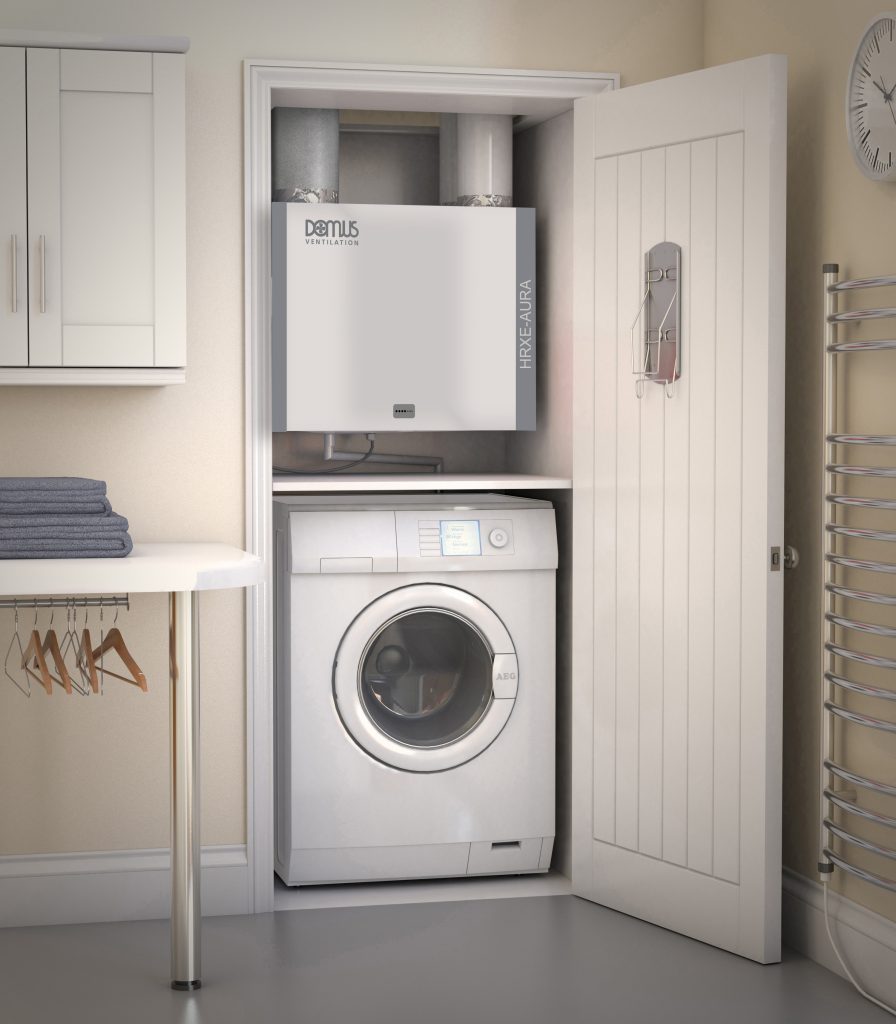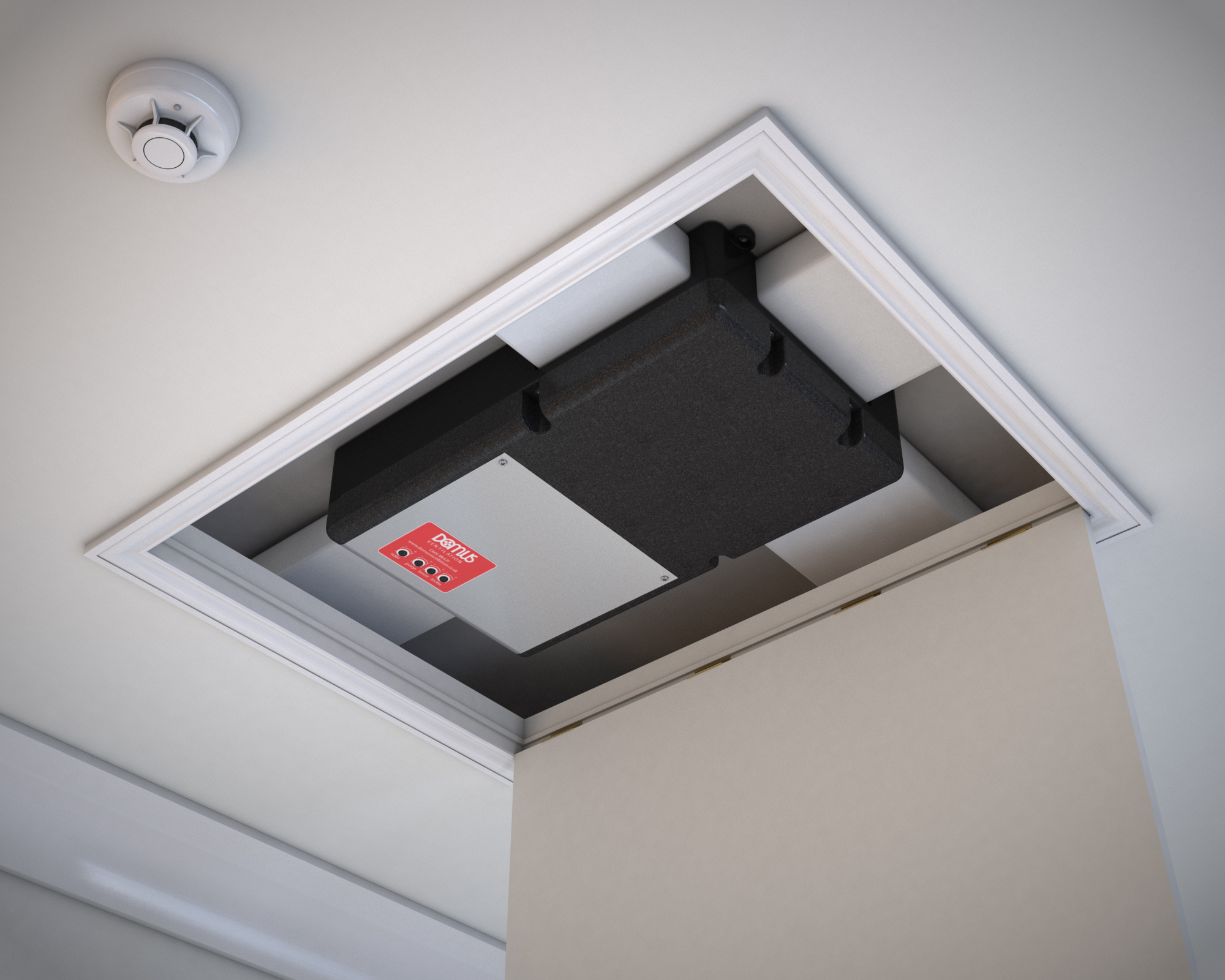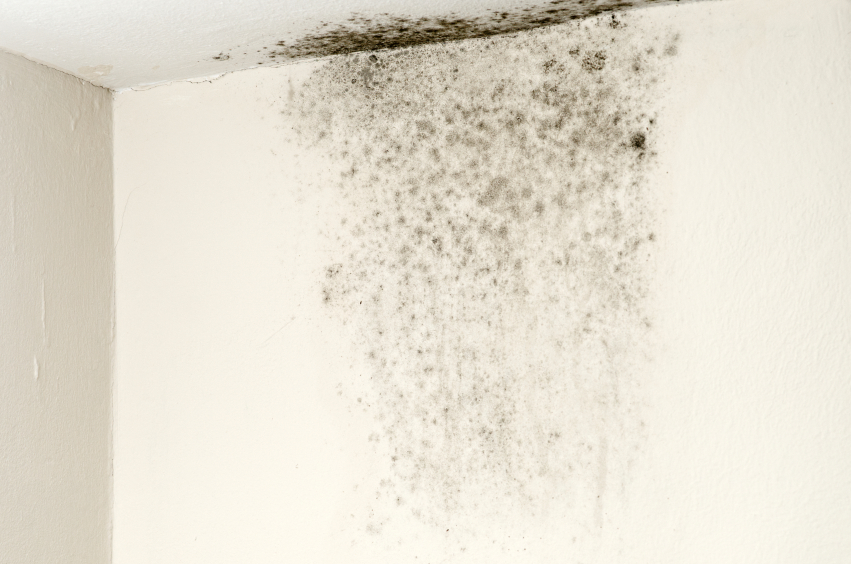Condensation in homes can cause a number of serious problems for homeowners – and it is not enough to ask people to change their lifestyle. Paul Williams, product manager at Domus Ventilation, argues a more long-term approach is needed
Condensation in homes forms when the humidity level in the indoor air reaches saturation point and that air comes into contact with a cold surface, turning into liquid water. These cold surfaces are most commonly windows but can also include ceilings, walls, window sills and the corners of a room that have an external wall.
Surface condensation is caused by the high humidity linked to everyday home activities such as cooking, bathing, washing and drying clothes, and even just breathing. Kitchens and bathrooms are usually the most affected areas as moisture levels are typically highest.

Risks associated with condensation in homes
Condensation in homes isn’t just a nuisance. Excess condensation left within a property can lead to the formation of damp patches then mould growth.
The potential health impacts include asthma, eye irritation, respiratory problems like wheezing and difficulty breathing, chest tightness, cough, throat irritation, skin reactions and rashes, headaches and persistent sneezing. Even more serious problems can result from exposure to mycotoxins – chemicals released by toxic mould.
The Building Research Establishment, in its briefing paper The Cost of Poor Housing to the NHS, estimates that savings to the NHS per annum of £15,585,129 could be made if dampness was fixed in our homes.
Condensation also has consequences for the property. Mould and dampness can lead to musty smells, staining, peeling wallpaper, cracked wall surfaces, plaster degradation, warped window frames and even structural damage over time, all of which comes at a cost to repair.
How widespread is the issue?
The English Housing Survey Headline Report 2020-21 stated that in 2020* 2% of homes had problems with condensation and mould (namely where there are extensive patches of mould growth on walls and ceilings and/or mildew on soft furnishings). When you consider there are an estimated 24m households in England, that 2% equates to 480,000 homes suffering from serious condensation and mould.
The problem is most prevalent in private rented dwellings, where 6% had some type of damp problem, followed by 4% of social rented dwellings and 2% of owner-occupied dwellings.
The good news is that all damp-related problems in housing have been on a downward trajectory from the 1960s. The bad news is that condensation and mould reduction has stalled, with only a slight reduction in the figures over the past decade.
Condensation: Who’s to blame?
So, what can we do to reduce condensation in our homes?
Over the years, the onus has been very much placed on residents to make lifestyle changes. These have included drying clothes outside when possible or using a tumble dryer, covering pans when cooking, shutting the bathroom door when showering or bathing, and ensuring extraction fans are switched on.
However, for many low-income households that are struggling to adequately heat their homes, and therefore have a higher level of condensation, these measures are not always economically viable. Furthermore, recent research has verified that construction and external factors play more of a role in the development of these issues than residents’ behaviour: damp and mould are directly linked to badly insulated and poorly ventilated houses.
So, it’s time to stop laying the blame at the door of the resident and start making our homes more condensation proof.

Ventilation is the way forward
If we improve the ventilation in a home, we lower the humidity. It really is as simple as that.
Circulating the air and extracting excess humid air outdoors can be accomplished through a number of different ventilation solutions, depending on the budget available, the nature of the property and the seriousness of the issue.
For existing properties, the most cost-effective options are bathroom and kitchen intermittent extraction fans or single flow, continuous running decentralised mechanical ventilation fans. Positive Input Ventilation (PIV) units can also be used, which gently pressurise a dwelling to expel stale and humid air through natural ventilation points.
For new builds, the options are more widespread and ultimately more effective. In addition to intermittently operating extract fans, Mechanical Extract Ventilation (MEV) units and Mechanical Ventilation with Heat Recovery (MVHR) can be deployed.
MEV units provide constant, low-level ventilation by extracting waste, damp air from a dwelling through a system of ducting. These are best suited to apartments and small to medium-sized houses.
MVHR systems go one step further by combining extraction with supply. The extracted air is passed across a high efficiency heat exchanger located inside the MVHR unit to remove and transfer the otherwise wasted heat. The exhaust air is then expelled into the atmosphere. At the same time, fresh filtered supply air is drawn across the opposite side of the heat exchanger and pre-warmed before being distributed through ceiling mounted grilles to habitable rooms.
The new breed of MVHR units on the market are highly energy efficient, with models available with integral humidity sensors. By accurately measuring air humidity, the extract speed automatically changes from background to boost as the level of humidity increases, thereby providing optimal ventilation performance.
These mechanical systems provide a long-term and cost-effective solution rather than short-term problem “hiders” such as dehumidifiers.

Time to take action
Our climate has changed over the last few years, with milder winters and wetter summers, but the issue of condensation in our homes remains and is not improving fast enough. Expecting people to change their lifestyle to prevent excess condensation is not realistic (it certainly hasn’t worked up until now, so it’s unlikely to work in the future), nor will it reduce condensation in homes to comfortable levels. Building adequate ventilation into our homes is by far the more realistic and long-term solution.
*Due to the COVID pandemic, 2020 figures are estimated based on 2018 and 2019 figures
Paul Williams
Product manager
Domus Ventilation
Tel: +44 (0)3443 715 523
vent.info@domusventilation.co.uk
Twitter: @domusvent
LinkedIn: domusventilation

















